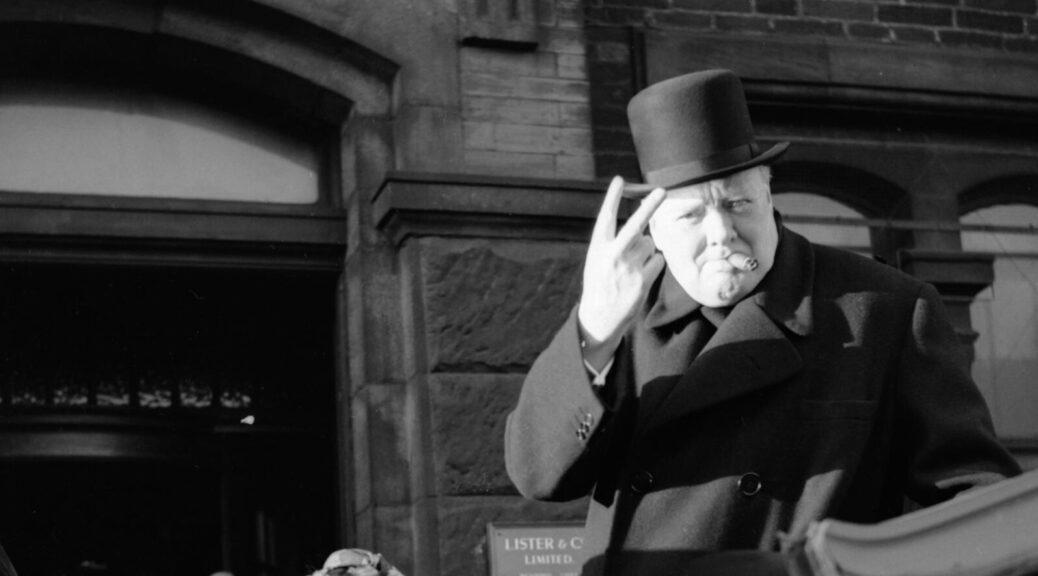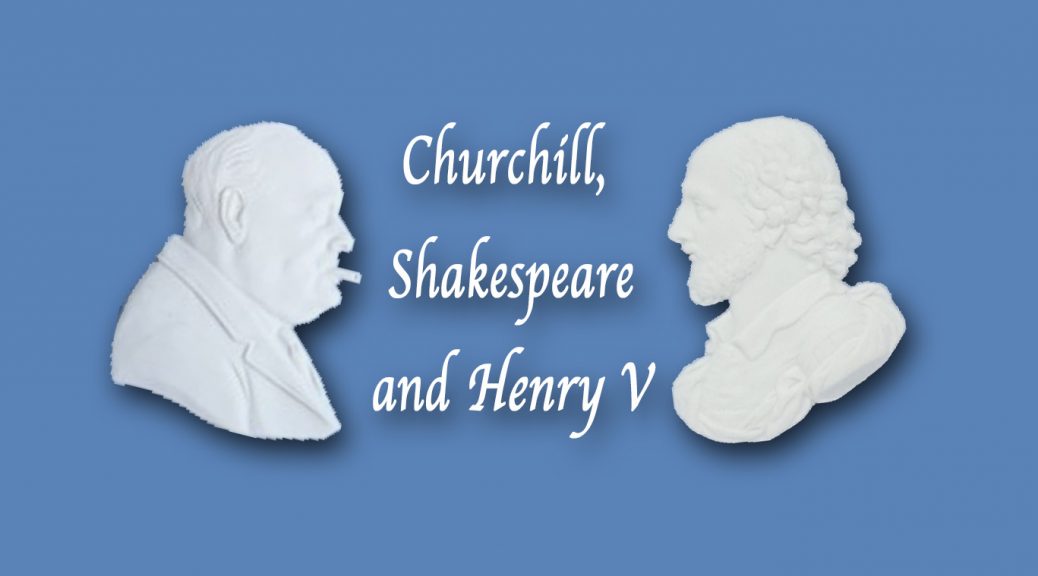



Excerpted from “Churchill, Shakespeare and Henry V.” Lecture at “Churchill and the Movies,” a seminar sponsored by the Center for Constructive Alternatives, Hillsdale College, 25 March 2019. For the complete video, click here.
Shakespeare’s Henry: Parallels and InspirationsAbove all and first, the importance of Henry V is what it teaches about leadership. “True leadership,” writes Andrew Roberts, “stirs us in a way that is deeply embedded in our genes and psyche.…If the underlying factors of leadership have remained the same for centuries, cannot these lessons be learned and applied in situations far removed from ancient times?”…
Never Surrender: Winston Churchill and Britain’s Decision to Fight Nazi Germany in the Fateful Summer of 1940, by John Kelly. Scribner, 2015, 370 pp., $19.88, Kindle $14.99.
_____________________
May 1940: Lord Halifax “sounded like a nervous solicitor reading from a half-thought-out brief….When Churchill spoke of fighting on alone, the mantle of history—Agincourt, Waterloo, Trafalgar, the Armada—sang through his sentences.”
Here is a well-written and organized review of mainly well-known events, retold with dramatic prose and crisp analysis. It’s an ideal book for young people unfamiliar with the scope of Churchill’s achievement in 1940, and, indeed, for anyone who wants a good account of the events that saved Western civilization.…